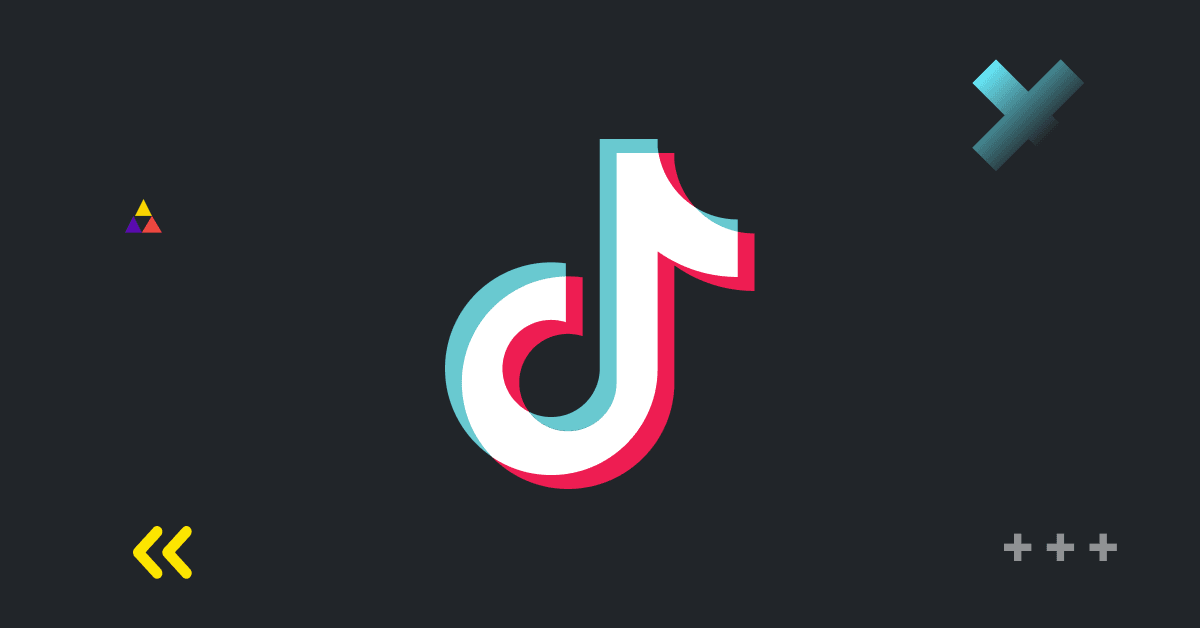Seeing why certain apps, websites, or businesses, remain popular while others fade away often comes down to one key metric: user retention rate. It tells businesses, regardless of industry, how well they’re maintaining their audience’s interest.
But what exactly is user retention rate, how is it calculated, and is there a tool that can do the math for you?
This article will clarify these points and highlight the importance of this metric for anyone aiming to grow their user base.
To start off, let’s define retention rate.
User Retention Rate: Definition and Meaning
User retention rate is a metric that measures the percentage of users or customers who continue to engage with a service, platform, or product over a specified period.
It indicates how satisfied, loyal, and valued they feel about the service or product.
For instance, Day 1 retention measures the percentage of new users or customers who return to the product or service one day after their initial use. This early retention metric is crucial for understanding first impressions and the immediate appeal of your offering.
Day 30 retention, on the other hand, assesses the percentage of users who are still engaging with the product or service 30 days after their first interaction. This longer-term retention rate can provide insights into the sustained value and deeper user satisfaction with your offering.
There are also other common intervals for measuring retention, such as Day 7 or Day 90 retention, each serving as a key indicator of user engagement and product stickiness over different periods.
Customer Retention Rate
In the context of customer service and traditional business models, the customer retention rate specifically tracks how many customers a company retains over time, excluding new acquisitions.
This figure is important for businesses of all sizes because it costs less to retain existing customers than to acquire new ones.

Mobile App Retention Rate
In the mobile app world, app retention rate tracks how many users return to the app after their first visit.
It’s a vital metric for developers and marketers, as it shows if an app keeps users interested over time. Successful apps often have great content and regular updates to keep users engaged.
Website Retention Rate
Website retention rate measures the proportion of visitors who return to a website after their initial visit. High retention rates for websites indicate that the site provides valuable content, easy navigation, and an overall satisfying user experience.
For online businesses and content creators, improving website retention rates can lead to increased brand loyalty, higher engagement rates, and, ultimately, more conversions.

User Retention Rate Formula
The general formula for calculating user retention rate is:
Retention Rate = [(Number of Users at the End of Period − Number of Users Acquired During Period) / Number of Users at the Start of Period] ×100
Note: Users in this formula can refer to app or game users, customers, website visitors, etc.

How to Calculate Retention Rate?
- Identify the Time Period: Decide on the time frame you want to analyze. This could be a week, month, quarter, or year.
- Gather User Numbers: You’ll need three key numbers:
- The total number of users at the start of the period.
- The number of new users acquired during the period.
- The total number of users at the end of the period.
- Apply the Formula: Plug your numbers into the retention rate formula
Retention Rate Calculation Example
Suppose you’re analyzing monthly retention.
At the start of June, you have 1,000 users. Over June, you gain 200 new users, and by the end of June, you have 800 users.
Retention Rate =
[(800 − 200) / 1000] × 100
(600 / 1000) x 100
0.6 x 100
Retention rate = 60%
This means 60% of your original user base stayed with you over the month, not considering the new users acquired.
Retention Rate Calculator
To make retention rate calculation easier, we’ve created a retention rate calculator you can use.
How to Calculate Retention Rate for Cohorts?
Cohort analysis breaks down the data into groups of users who share a common characteristic or experience within a defined time span. This method provides a more nuanced view of retention over time.
- Define the Cohort: Cohorts can be based on the user’s sign-up date, first purchase, or any other shared activity.
- Determine Time Intervals: Decide on the intervals (daily, weekly, monthly) you want to track the cohort’s retention rate.
- Calculate Retention for Each Interval: Use the same formula, but apply it to your cohort for each time interval.

Cohort Retention Rate Example
Let’s say you have a cohort of users who signed up in the first week of June. There were 500 sign-ups. At the end of the first week, 400 of those users returned to your app. In the second week, 300 of the original cohort came back.
- First Week Retention Rate: (400/500) ×100=80%
- Second Week Retention Rate: (300/500) ×100=60%
This tells you how well you’re retaining users from a specific cohort over time. it also provides insights into user behavior and the effectiveness of engagement strategies.
Churn Rate vs. Retention Rate – What’s the Difference?
Churn rate and retention rate are two sides of the same coin, essentially measuring customer engagement from opposite perspectives.
While retention rate quantifies the percentage of users or customers who stay with a service or product over a specific period, churn rate calculates the percentage who leave or stop using the service or product within that same timeframe.
In essence, churn rate is the opposite of retention. It highlights the rate at which a business loses its customers or users.
To put it simply, if you have a high retention rate, you’ll have a low churn rate, and vice versa. For example, if the retention rate is 80%, then the churn rate is 20%. Together, retention and churn rates add up to 100%.
These KPIs give businesses valuable insights into their customer satisfaction and loyalty levels.
For example, a high churn rate might indicate problems with the product or service that need addressing to improve customer retention.

Average Customer Retention Rate by Industry
Customer retention rates vary significantly across industries, reflecting diverse consumer behaviors, market dynamics, and industry-specific challenges.
Here’s a comprehensive overview of average customer retention rates by industry based on the latest data from Statista:
- Energy/Utilities lead with an impressive 89% retention rate, although the industry faces challenges in adapting to consumers’ evolving preferences towards energy efficiency and smart home technologies.
- Computer Software shows strong performance with an 86% retention rate, benefiting from the digital transformation accelerated by the pandemic.
- Financial Services and Banking report high retention rates around 78%, attributed to the sector’s focus on personalized services and digital banking experiences.
- Telecommunications also stands at a 78% retention rate, supported by long-term contracts and loyalty incentives, despite the competitive landscape.
- The IT & Software Industry reports retention rates of 77%, indicating a strong emphasis on customer satisfaction.
- Media Companies and Professional Services have high retention rates at 84%, driven by the quality of content and service delivery.
- Insurance Companies and Automotive & Transportation are close behind with an 83% retention rate, reflecting strong customer loyalty.
- Construction & Engineering and Manufacturing show solid retention rates ranging from 67% to 81%, highlighting the importance of customer relationships and service quality.
- Retail Industry and Consumer Services face more challenges in retaining customers, with retention rates at 63% and 67% respectively, underscoring the competitive and dynamic nature of consumer markets.
- E-commerce experiences one of the lower retention rates at 38%, which illustrates the sector’s challenges in customer loyalty amid intense competition and market saturation.
- Hospitality, Travel, and Restaurants also have relatively low retention rates at 55%, impacted by consumer preferences for diversity and quality in experiences.

How to Improve Retention Rate?
Improving your retention rate is key to sustaining and growing your business. Here are 13 strategies to help keep your customers or users engaged and loyal.
1. Personalize Your Interactions
It’s simple – a personalized experience encourages customers to stick around.
To achieve that, tailor communications and offers by leveraging data analytics to understand customers’ preferences and behaviors.
2. Enhance Customer Support
This one may be obvious, but businesses often overlook it.
Providing exceptional customer service can convert a dissatisfied customer into a loyal one.
Make sure your support team is easily accessible, empathetic, and resolves issues promptly. Implementing services like 24/7 chat or a detailed FAQ section can significantly improve support.

3. Create a Community
People are social creatures and all of us long to connect with others over shared interests.
You can use that to your advantage.
Developing a community around your product or service can foster engagement and loyalty. Utilize social media groups, forums, or events to connect people with similar interests.
4. Offer Rewards for Loyalty
This tip is also basic human psychology. Rewards make us feel good, which makes them a strong incentive.
Rewarding customers for their loyalty, through points systems, exclusive discounts, or early access to new products, shows appreciation and encourages continued engagement.
5. Ask for Feedback—and Act on It
People want to be heard and be able to express their satisfaction or dissatisfaction with your app or product.
Our advice is to regularly seek customer feedback through surveys or social media and make changes based on their suggestions. This shows you value their opinions and are committed to improvement.
6. Educate Your Customers
Share useful content like tutorials, tips, webinars, or blog posts to help customers get the most from your product or service. Educated customers are more likely to appreciate your value and remain loyal.
7. Continuously Improve Your Product or Service
Regardless of whether your business is based around a mobile app, a service, or a physical product, it requires constant optimization and improvement.
Stay ahead by constantly seeking ways to enhance your offering. Keep it relevant and appealing based on customer feedback, market trends, and technological advancements.
8. Implement a User-Friendly Design
If users are confused by your app or website, they’ll abandon it, and thus increase your churn rate.
To keep users, make sure it’s intuitive, easy to use, and visually appealing. A positive user experience makes customers more likely to return and engage with your platform.

9. Communicate Regularly
Stay in touch with your audience through updates, newsletters, or personalized messages. Regular communication keeps your brand in the forefront of their minds.
10. Offer a Seamless Onboarding Process
The onboarding process plays a big role in how many of your users will stick around. It’s particularly important for mobile apps and games, as most users churn after day 1.
Ensure new users have a smooth introduction to your product or service and a great first-time user experience (FTUE). For mobile games, a good tutorial is a must.
11. Leverage Social Proof
Display reviews, testimonials, and case studies from satisfied customers to build trust and influence both potential and existing customers’ decisions.
12. Add Gamification Features to Drive Engagement
According to a study done by Apptentive, mobile games usually have better user retention than apps.
That’s why many non-gaming apps are implementing game-like features.
This is known as gamification.
Most commonly, those are incentives like collecting points, completing levels, achieving personal goals, etc. This drives engagement and results in better retention because users get a sense of achievement and it makes using the app more fun.
13. Monitor and Analyze Retention Metrics
Finally, keep an eye on important metrics like churn rate, repeat purchase rate, and customer lifetime value to refine your retention strategies effectively.

Boost User Retention with Udonis
Boost your user retention with Udonis, a mobile marketing agency that specializes in acquiring high-quality users for apps and games.
Our targeted ad campaigns are designed not just to attract new users but to ensure they stay engaged over time.
With Udonis, you’re investing in sustainable growth and improved retention rates, which drive both app store performance and profitability. Let us help elevate your app or game to new heights with our expertise in user acquisition and retention.







Comments